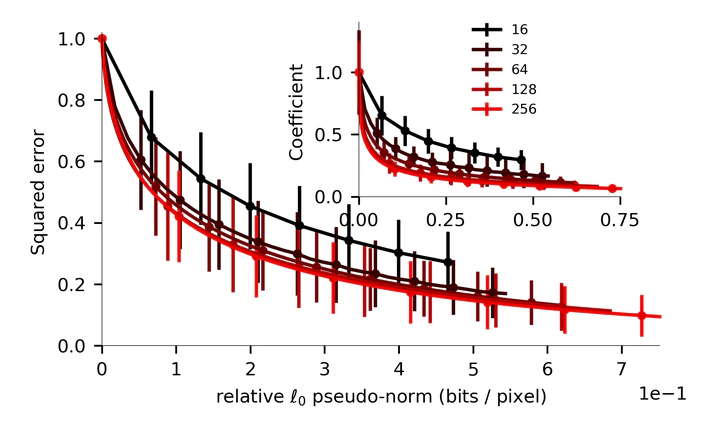
Abstract
The representation of images in the brain is known to be sparse. That is, as neural activity is recorded in a visual area, for instance the primary visual cortex of primates, only a few neurons are active at a given time with respect to the whole population. It is believed that such a property reflects the efficient match of the representation with the statistics of natural scenes. Applying such a paradigm to computer vision therefore seems a promising approach towards more biomimetic algorithms. Herein, we will describe a biologically-inspired approach to this problem. First, we will describe an unsupervised learning paradigm which is particularly adapted to the efficient coding of image patches. Then, we will outline a complete multi-scale framework (SparseLets) implementing a biologically inspired sparse representation of natural images. Finally, we will propose novel methods for integrating prior information into these algorithms and provide some preliminary experimental results. We will conclude by giving some perspective on applying such algorithms to computer vision. More specifically, we will propose that bio-inspired approaches may be applied to computer vision using predictive coding schemes, sparse models being one simple and efficient instance of such schemes.
- Appeared in this book: